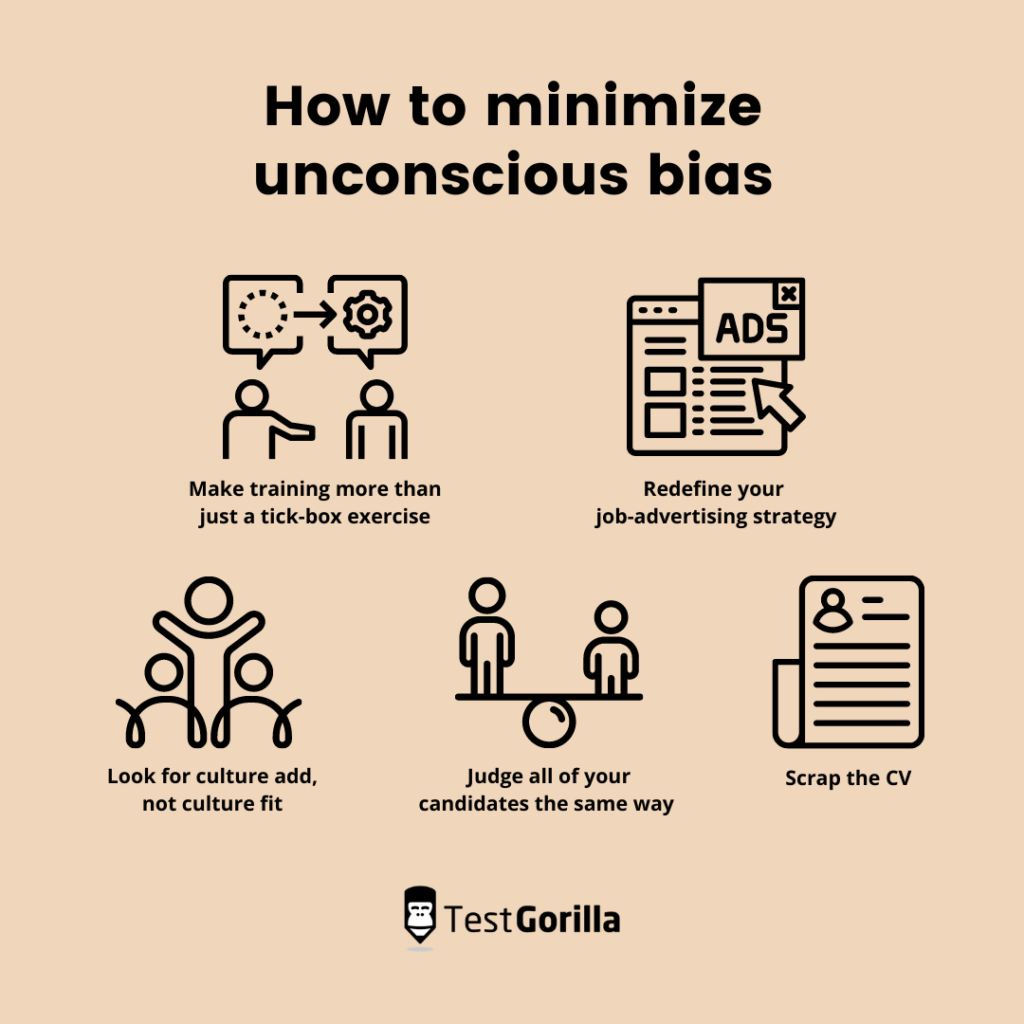In today’s diverse workplaces, avoiding unconscious bias during interviews is critical for fostering inclusivity and hiring the best talent. Despite our best intentions, subtle biases can creep into decision-making, leading to missed opportunities and inequities. This blog explores common biases in hiring, their impact, and strategies to create a fair and inclusive selection process.
Understanding Unconscious Bias
Unconscious biases are automatic, unintentional judgments influenced by personal background, cultural environment, and experiences. In interviews, these biases can cloud a manager’s perception of a candidate’s abilities and fit.
Common Biases in Hiring
- Affinity Bias: Favoring candidates who share similar backgrounds, interests, or experiences.
- Impact: Limits diversity and overlooks fresh perspectives.
- Confirmation Bias: Focusing on information that supports preconceived notions about a candidate.
- Impact: Reinforces stereotypes, leading to unfair assessments.
- Halo Effect: Allowing one positive trait (e.g., a prestigious degree) to overshadow other aspects.
- Impact: Can result in overvaluing certain qualities while ignoring deficiencies.
- Horns Effect: Judging candidates harshly due to a single perceived flaw.
- Impact: Talent might be overlooked for minor reasons.
- Gender, Age, or Cultural Bias: Making assumptions about candidates based on demographic characteristics.
- Impact: Excludes qualified candidates and fosters workplace inequities.
Why Does Bias Matter?
Bias impacts hiring decisions in several ways:
- Reduced Diversity: Bias can prevent candidates from diverse backgrounds from being considered, stifling innovation and creativity.
- Poor Job Fit: Hiring based on personal preferences rather than qualifications can lead to suboptimal hires.
- Damaged Employer Reputation: Discriminatory hiring practices can harm a company’s image, making it less attractive to top talent.
Strategies to Avoid Bias and Promote Inclusion
1. Standardize the Interview Process
- Action: Create structured interview templates with the same questions for all candidates.
- Benefit: Focuses on job-relevant skills and eliminates subjective decision-making.
2. Use Objective Assessment Tools
- Action: Incorporate skill tests, work samples, and other measurable evaluations.
- Benefit: Provides concrete data to support hiring decisions, reducing reliance on personal impressions.
3. Train Interviewers on Bias Awareness
- Action: Offer unconscious bias training to educate hiring teams about their assumptions.
- Benefit: Encourages interviewers to recognize and mitigate biases during interactions.
4. Promote Blind Hiring Practices
- Action: Remove identifying information (e.g., names, schools, or addresses) from resumes during initial screenings.
- Benefit: Prevents unconscious biases from influencing the shortlisting process.
5. Diversify Hiring Panels
- Action: Include interviewers from different backgrounds and departments.
- Benefit: Reduces the impact of individual biases and provides varied perspectives.
6. Focus on Competency and Culture Add
- Action: Evaluate candidates based on job-specific competencies and their ability to enhance team dynamics.
- Benefit: Moves beyond the “culture fit” mindset that often excludes diverse voices.
Case Study: Bias-Free Hiring in Action
A global tech company implemented blind hiring for software engineering roles by anonymizing resumes and using coding challenges to assess skills. The result? A 30% increase in hires from underrepresented groups, proving that a focus on skills rather than assumptions leads to better outcomes.



F*ckin’ tremendous things here. I am very glad to see your post. Thanks a lot and i am looking forward to contact you. Will you kindly drop me a e-mail?
I like this web site so much, saved to favorites. “Respect for the fragility and importance of an individual life is still the mark of an educated man.” by Norman Cousins.
**mind vault**
mind vault is a premium cognitive support formula created for adults 45+. It’s thoughtfully designed to help maintain clear thinking
**breathe**
breathe is a plant-powered tincture crafted to promote lung performance and enhance your breathing quality.